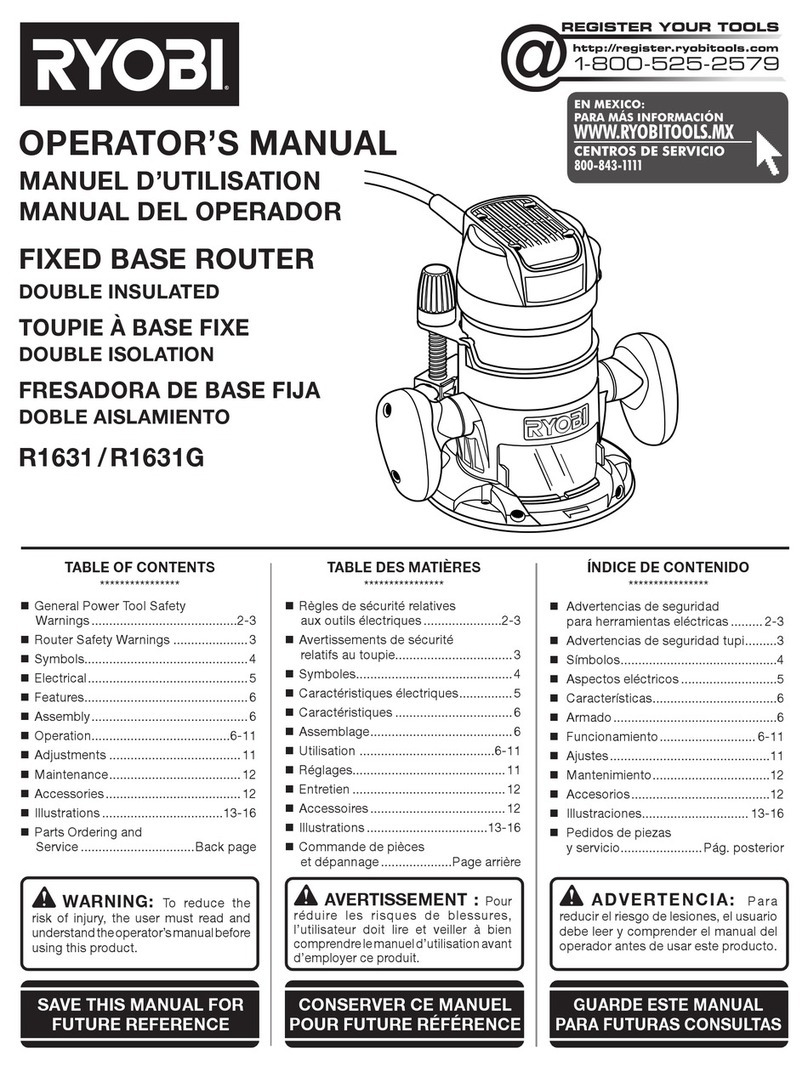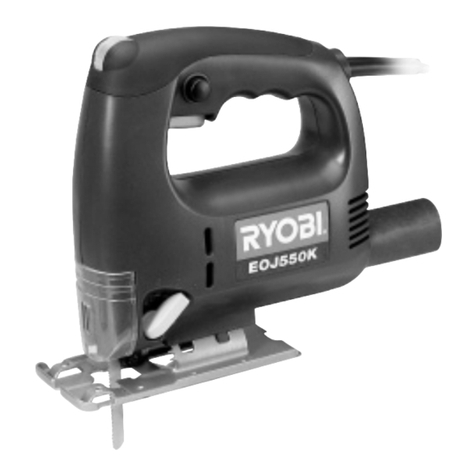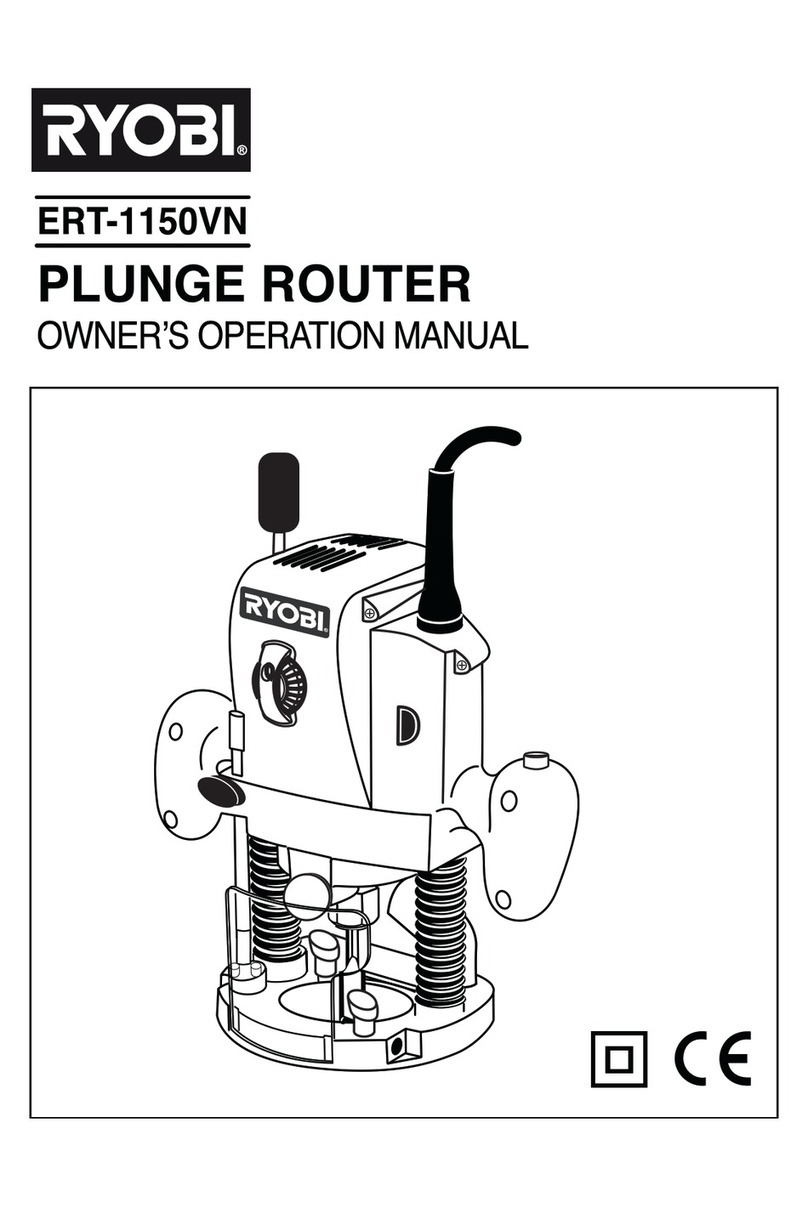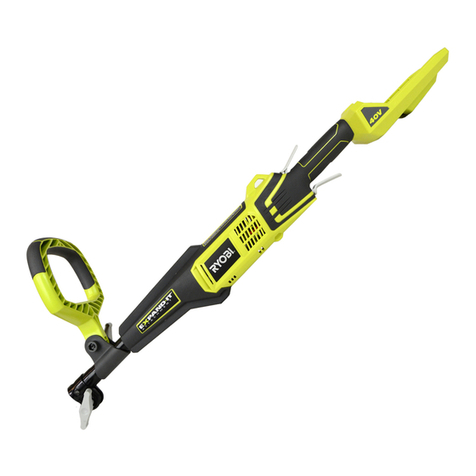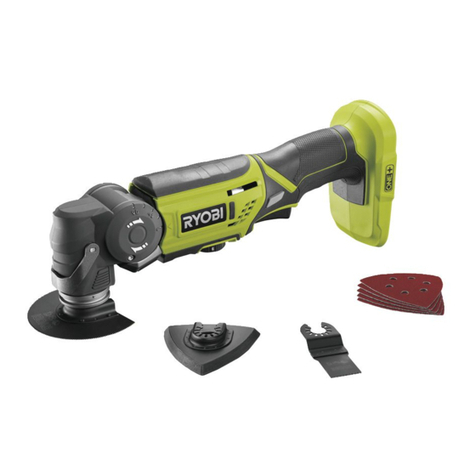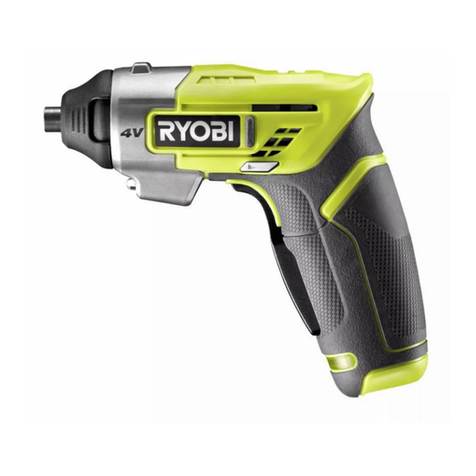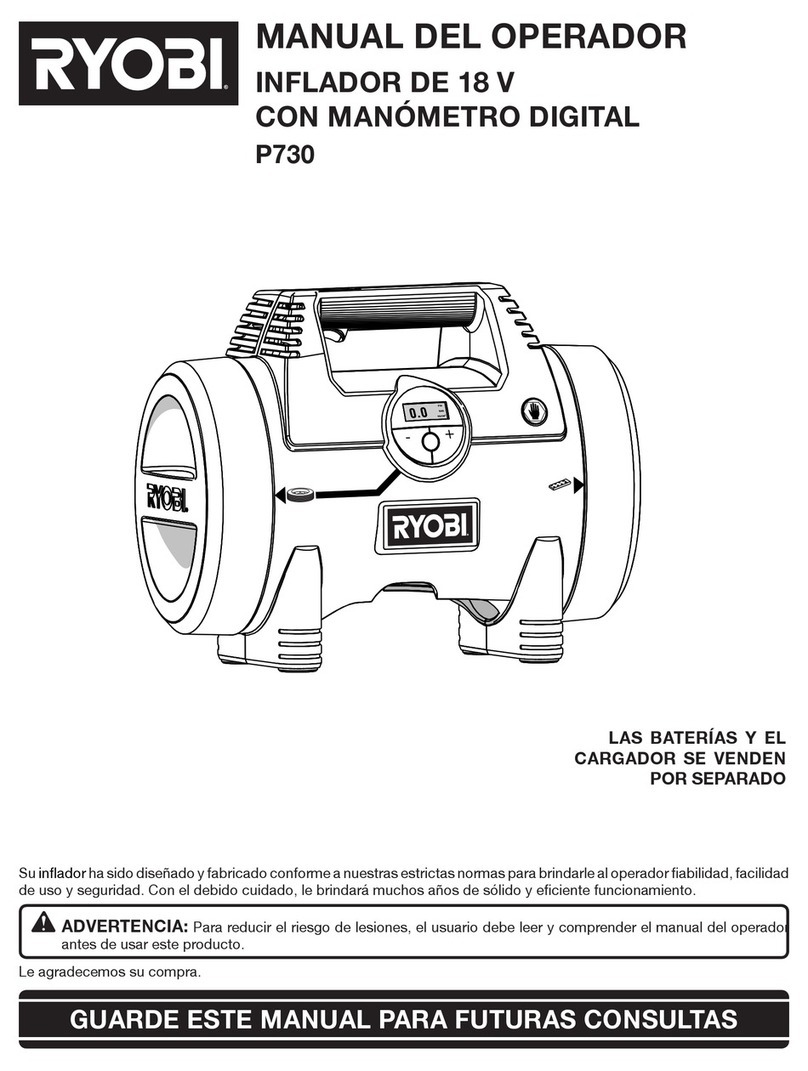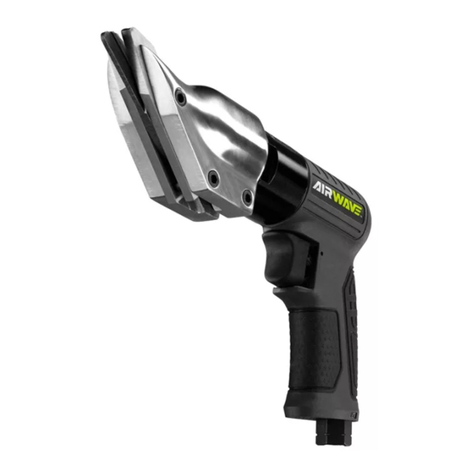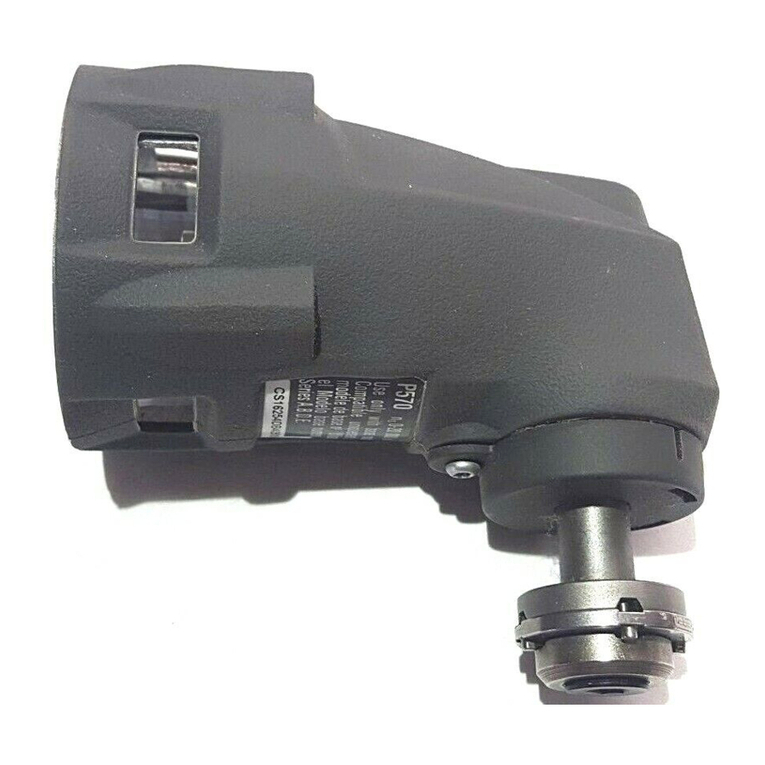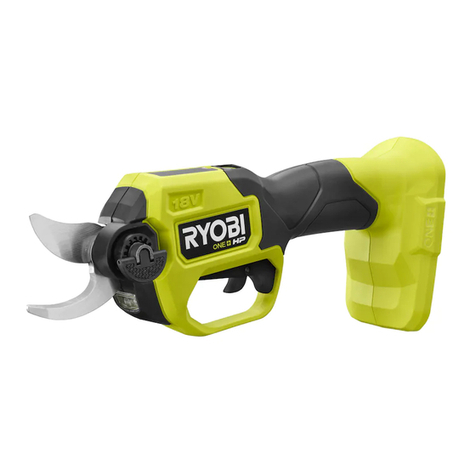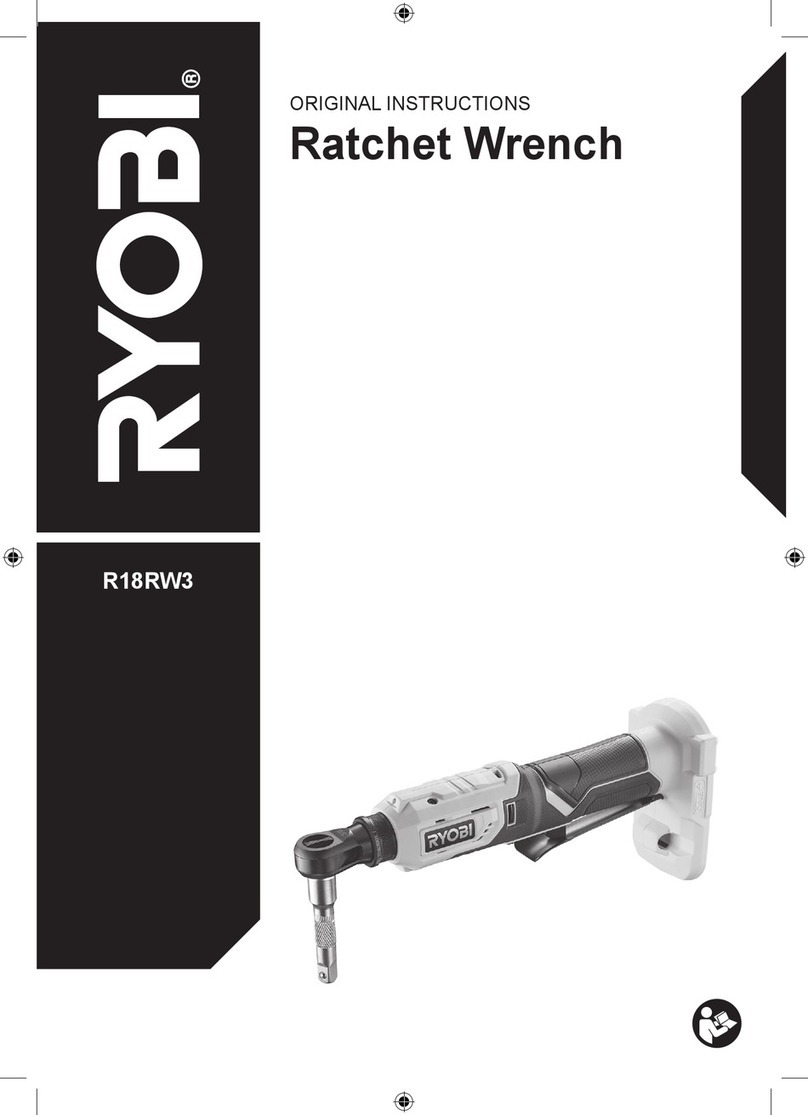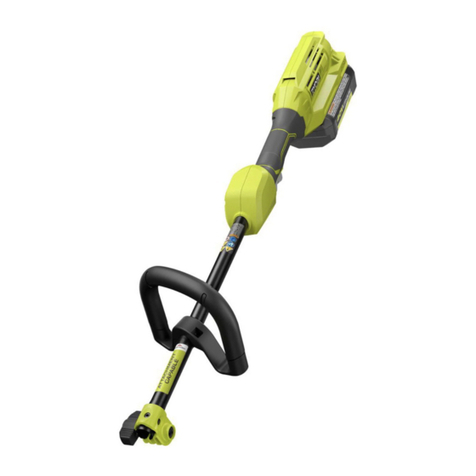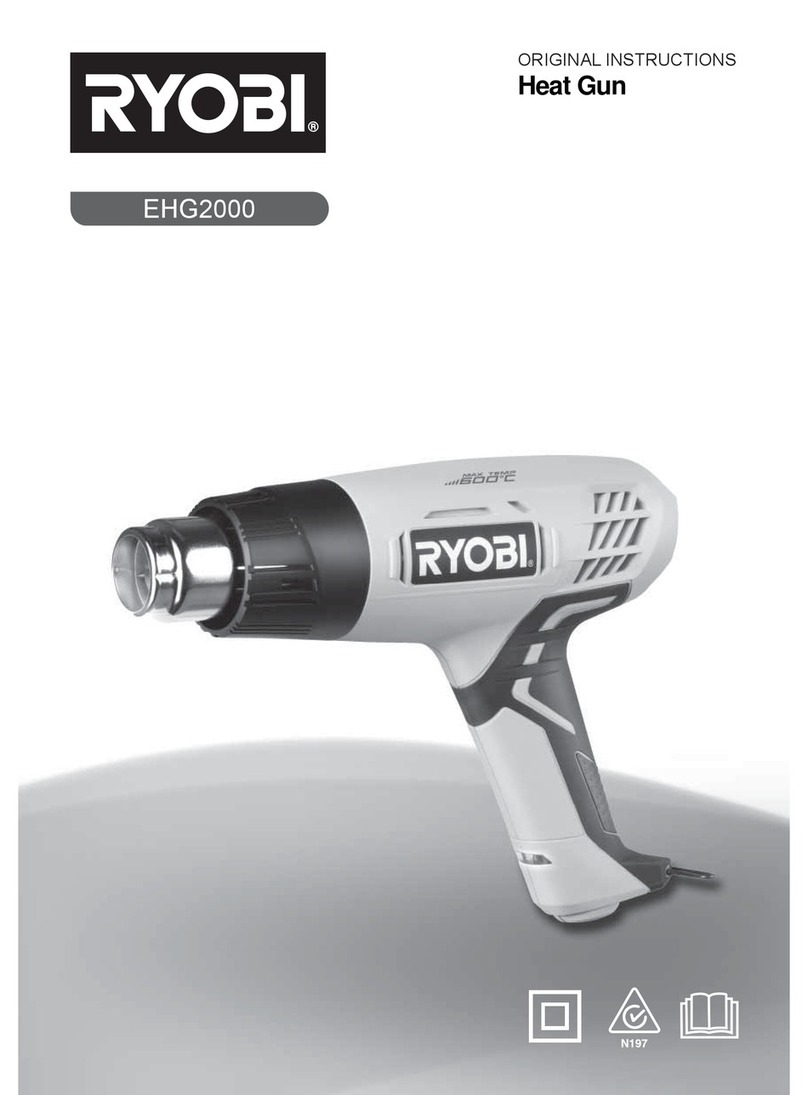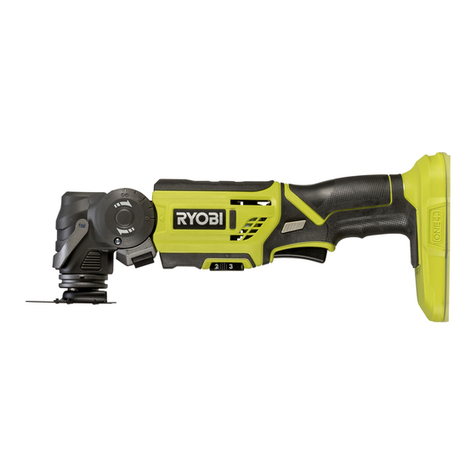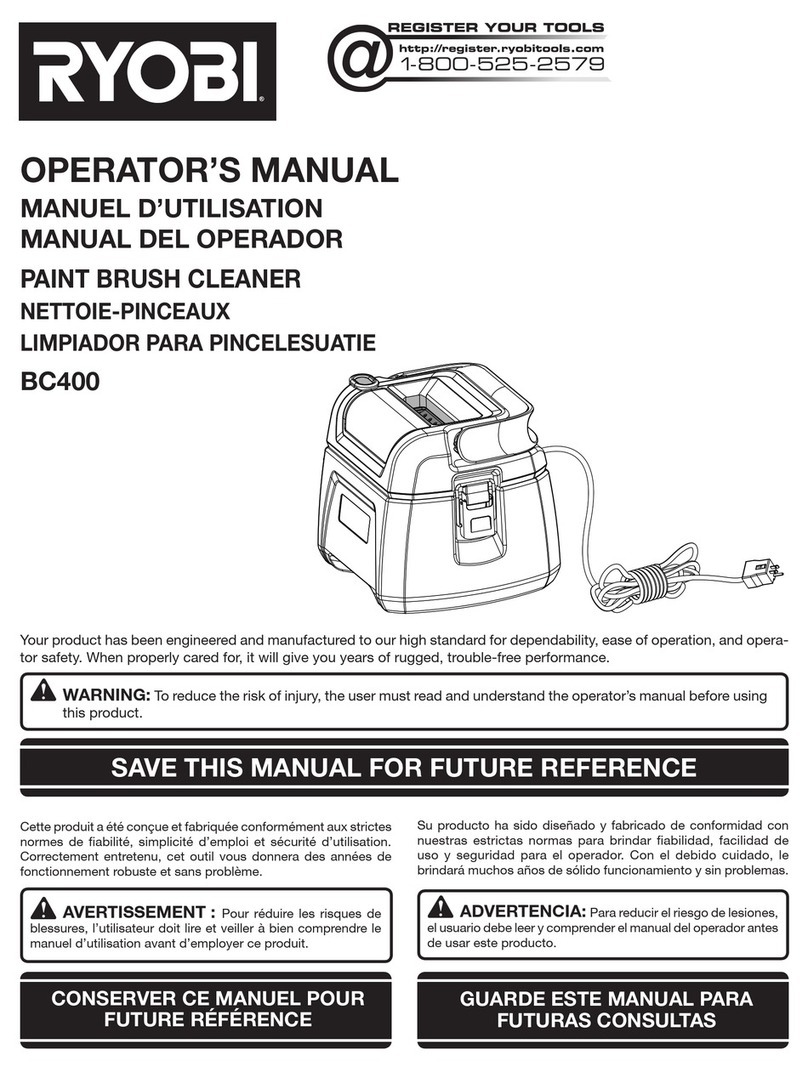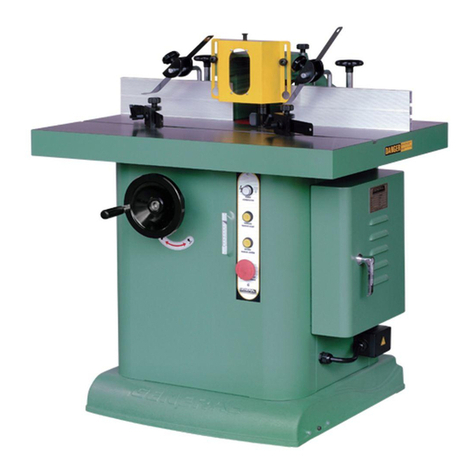
2
Français (Traduction à partir du mode d'emploi d'origine)
FR
EN DE ES IT PT NL SV DA NO FI HU CS RU RO PL SL HR ET LT LV SK BG
EN
FR DE ES IT PT NL SV DA NO FI
DE
FR EN ES IT PT NL SV DA NO FI
ES
FR EN DE IT PT NL SV DA NO FI
IT
FR EN DE ES PT NL SV DA NO FI
PT
FR EN DE ES IT NL SV DA NO FI
NL
FR EN DE ES IT PT SV DA NO FI
SV
FR EN DE ES IT PT NL DA NO FI
DA
FR EN DE ES IT PT NL SV NO FI
NO
FR EN DE ES IT PT NL SV DA FI
FI
FR EN DE ES IT PT NL SV DA NO
HU CS RU RO PL SL HR
HU CS RU RO PL SL HR
HU CS RU RO PL SL HR
HU CS RU RO PL SL HR
HU CS RU RO PL SL HR
HU CS RU RO PL SL HR
HU CS RU RO PL SL HR
HU CS RU RO PL SL HR
HU CS RU RO PL SL HR
HU CS RU RO PL SL HR
ET LT LV SK BG
ET LT LV SK BG
ET LT LV SK BG
ET LT LV SK BG
ET LT LV SK BG
ET LT LV SK BG
ET LT LV SK BG
ET LT LV SK BG
ET LT LV SK BG
ET LT LV SK BG
FR EN DE ES IT PT NL SV DA NO FI
FR EN DE ES IT PT NL SV DA NO FI
FR EN DE ES IT PT NL SV DA NO FI
FR EN DE ES IT PT NL SV DA NO FI
FR EN DE ES IT PT NL SV DA NO FI
FR EN DE ES IT PT NL SV DA NO FI
FR EN DE ES IT PT NL SV DA NO FI
HU
CS RU RO PL SL HR ET LT LV SK BG
CS
HU RU RO PL SL HR
RU
HU CS RO PL SL HR
RO
HU CS RU PL SL HR
PL
HU CS RU RO SL HR
SL
HU CS RU RO PL HR
HR
HU CS RU RO PL SL
ET LT LV SK BG
ET LT LV SK BG
ET LT LV SK BG
ET LT LV SK BG
ET LT LV SK BG
ET LT LV SK BG
FR EN DE ES IT PT NL SV DA NO FI
FR EN DE ES IT PT NL SV DA NO FI
FR EN DE ES IT PT NL SV DA NO FI
FR EN DE ES IT PT NL SV DA NO FI
FR EN DE ES IT PT NL SV DA NO FI
HU CS RU RO PL SL HR
HU CS RU RO PL SL HR
HU CS RU RO PL SL HR
HU CS RU RO PL SL HR
HU CS RU RO PL SL HR
ET
LT LV SK BG
LT
ET LV SK BG
LV
ET LT SK BG
SK
ET LT LV BG
BG
ET LT LV SK
UTILISATION ET ENTRETIEN DES OUTILS ÉLECTR-
IQUES
■Avant utilisation, vérifiez toujours visuellement que les
lames, boulons de lame, et ensembles de coupe ne
sont ni usés ni endommagés. Gardez tous les écrous,
boulons et vis bien serrés pour assurer un
fonctionnement sûr à la machine.
■ Vérifiez fréquemment tout signe d'usure et de
détérioration de la lame.
■ Pour des raisons de sécurité, remplacez toute pièce
usée ou endommagée.
■ Ne faites pas forcer la machine. Elle effectuera un
meilleur travail dans de meilleures conditions de
sécurité si elle est utilisée dans les limites de ses
capacités.
■ N'utilisez pas un outil électrique si l'interrupteur ne
permet pas de le mettre en marche et de l'arrêter. Un
outil qui ne peut pas être allumé et éteint
correctement est dangereux et doit impérativement
être réparé.
■ Marchez, ne courrez jamais.
■ N'utilisez jamais la machine si un de ses carters ou
une des ses protections sont endommagés ou dont
les éléments de sécurité, tels que déflecteur et/ou
collecteur d'herbe ne sont pas en place.
■ Ne touchez pas les lames au cours de l'utilisation et
gardez vos doigts, vos cheveux, vos vêtements et
autres objets similaires éloignés des lames.
■ N'essayez pas de dégager les débris de coupe des
lames ou de maintenir des éléments à couper lorsque
les lames sont en mouvement, retirez les matériaux
coincés dans les lames après avoir arrêté la machine
et après en avoir retiré la batterie.
CONSIGNES DE SÉCURITÉ SPÉCIFIQUES AUX OUT-
ILS SANS FIL
■Utilisez l'appareil qui convient au travail à effectuer.
N'utilisez la machine pour aucun autre travail que
celui pour lequel elle a été conçue.
■ Gardez toujours les lames propres et affûtées.
■ Les outils non utilisés doivent être rangés à l'intérieur
en un endroit sec, verrouillé et hors de portée des
enfants.
■ Retirez toujours la batterie de l'ébrancheur lorsque
vous l'entretenez, lorsque vous le nettoyez, et lorsque
vous ne l'utilisez pas.
■ Suivez les recommandations du fabricant concernant
l’utilisation et l’installation correcte des accessoires.
N’utilisez que les accessoires recommandés par le
fabricant.
■ La valeur des vibrations réellement produites durant
l'utilisation de l'outil à moteur peuvent différer de la
valeur totale déclarée, en fonction de la manière dont
l'outil est utilisé.
■ Il a été reporté que les vibrations engendrées par les
outils à main peuvent contribuer à l'apparition d'un
état appelé le Syndrome de Raynaud chez certaines
personnes. Les symptômes peuvent comprendre des
fourmillements, un engourdissement et un
blanchiment des doigts, généralement par temps
froid. Des facteurs héréditaires, l'exposition au froid
et à l'humidité, le régime alimentaire, le tabagisme et
les habitudes de travail peuvent contribuer au
développement de ces symptômes. Certaines
mesures peuvent être prises par l'utilisateur pour
aider à réduire les effets des vibrations:
• Gardez votre corps au chaud par temps froid.
Lorsque vous utilisez l'appareil, portez des gants
afin de garder vos mains et vos poignets au
chaud. Le temps froid est considéré comme un
facteur contribuant très largement à l'apparition
du Syndrome de Raynaud.
• Après chaque session de travail, pratiquez des
exercices qui favorisent la circulation sanguine.
• Faites des pauses fréquentes. Limitez la quantité
d'exposition journalière.
Si vous ressentez l'un des symptômes associés à ce
syndrome, arrêtez immédiatement le travail et
consultez votre médecin pour lui en faire part.
ENTRETIEN
■Les réparations sur l'ébrancheur ne doivent être
confiées qu'à un réparateur qualifié. Les réparations
ou l'entretien effectués par du personnel non qualifié
peuvent entraîner des blessures ou endommager
l'appareil. Votre garantie pourrait également en être
annulée.
■ N'effectuez les réparations qu'en utilisant des pièces
détachées d'origine. L'utilisation de pièces détachées
non agréées peut entraîner un risque de blessures
graves ou endommager le produit.
RÈGLES DE SÉCURITÉ RELATIVES AUX BATTERIES
■Les appareils alimentés par batterie n'ont pas à être
branchés sur le secteur; ils sont donc en permanence
en état de fonctionner. Soyez conscient des risques
liés à l'appareil même lorsqu'il n'est pas en
fonctionnement.
■ Retirez le pack batterie avant toute opération de
réglage, de nettoyage, ou de retrait de corps
étrangers de l'outil.
■ Un pack batterie ne peut être rechargé qu'à l'aide du
chargeur préconisé par le fabricant. L'utilisation d'un
chargeur prévu pour un type de batterie avec un autre
type de batterie peut entraîner un risque d'incendie.
N'utilisez le pack batterie qu'avec le chargeur indiqué.
■ N'utilisez que le pack batterie spécifiquement prévu
pour la machine. L'utilisation de tout autre pack
batterie peut entraîner un incendie, une décharge
électrique, ou des blessures corporelles.
■ Lorsque le pack batterie n'est pas utilisé, éloignez-le
des autres objets métalliques tels que: trombones,
pièces de monnaie, clés, clous, vis, ou autres petits
